Discover how an under deck rainwater storage system transforms tight spaces into water-saving powerhouses—allowing homeowners like Frank to capture thousands of gallons right under their feet. With the benefits of an under deck rainwater storage system, there’s no sacrifice to yard usability or home style—just smart, sustainable living.

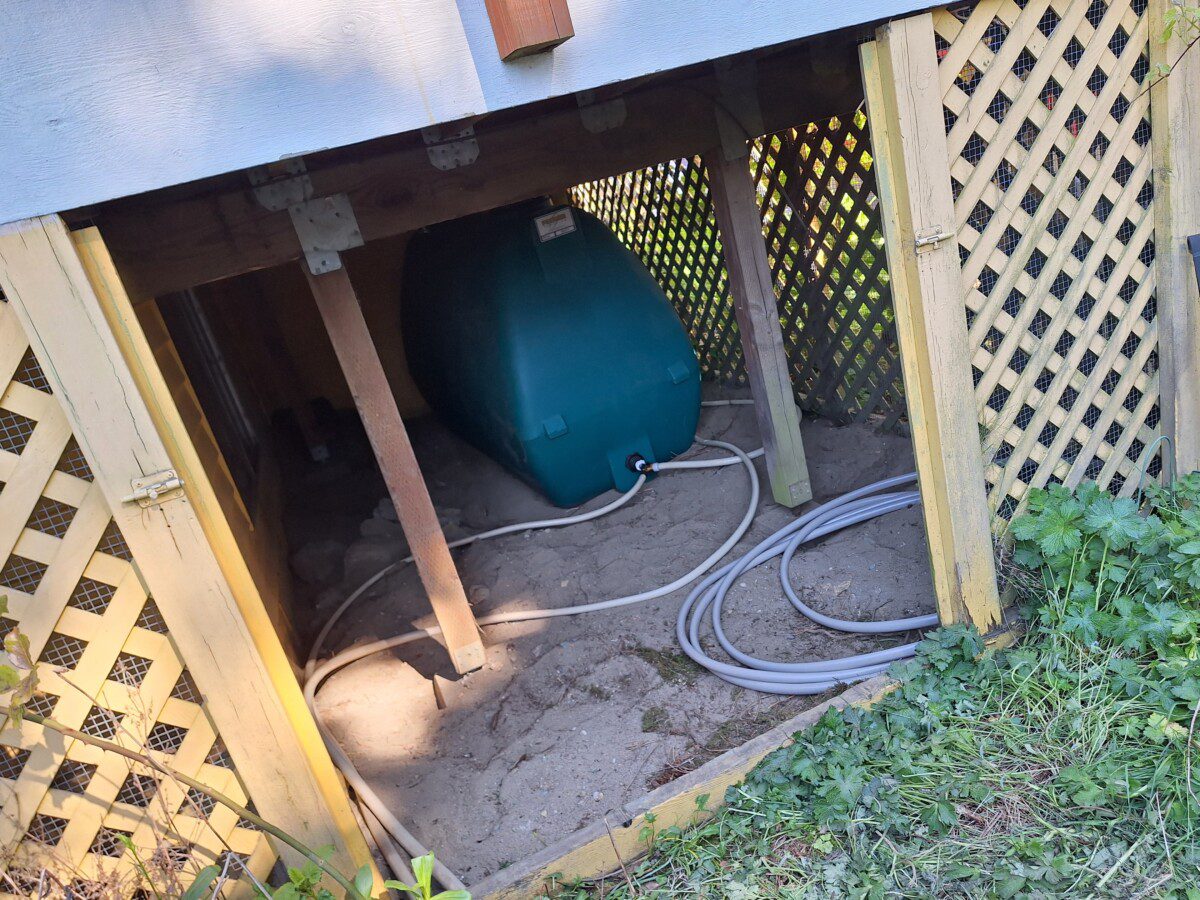
Frank’s home has a modest footprint — a 1,500-square-foot roof. But the numbers surprised him when he first did the math. Over a year, that roof sheds more than 30,000 gallons of rainwater:
13,500 gallons between April–October (drier months with scattered storms)
16,800 gallons between November–March (rainier season)
“That was the turning point for me,” Frank recalls. “Once I realized the scale — thousands upon thousands of gallons wasted — I knew I had to try something, even if space was tight.”
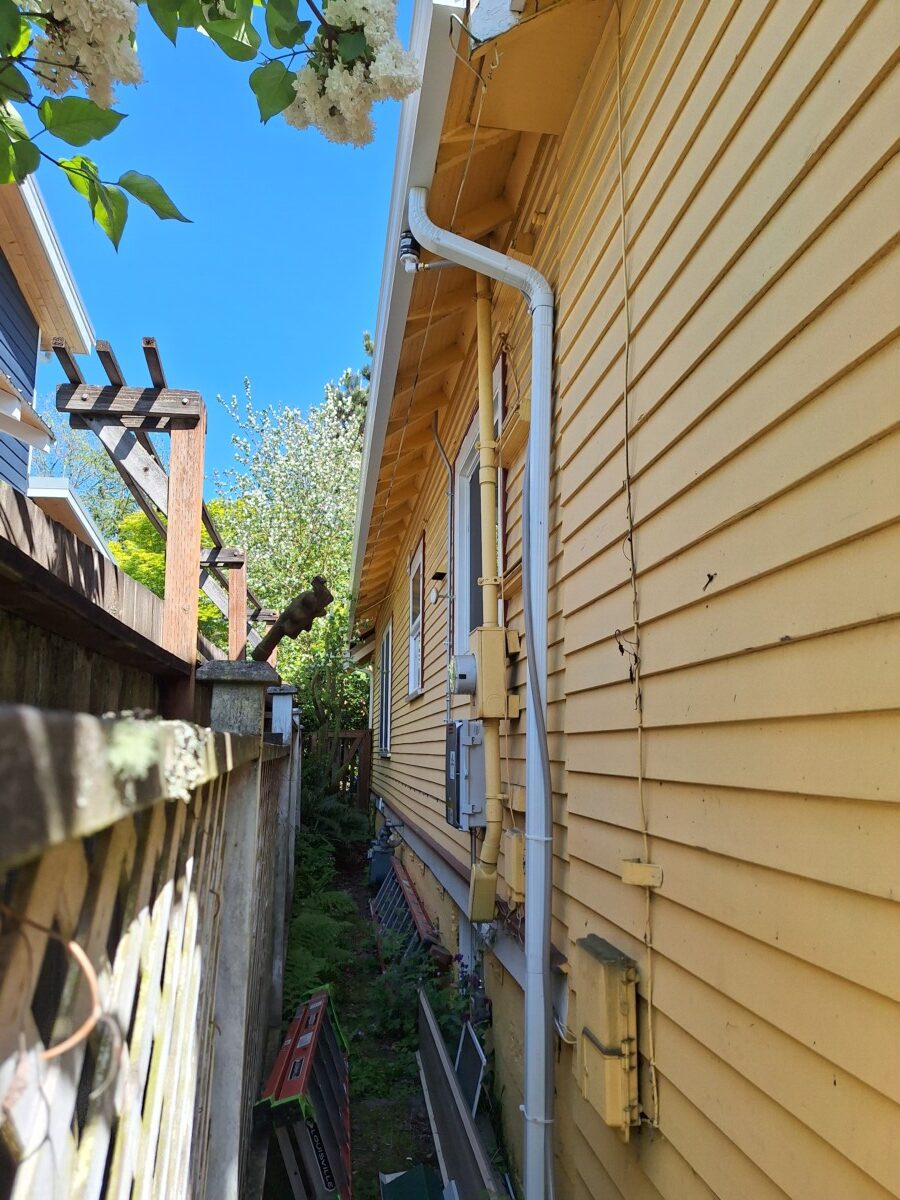
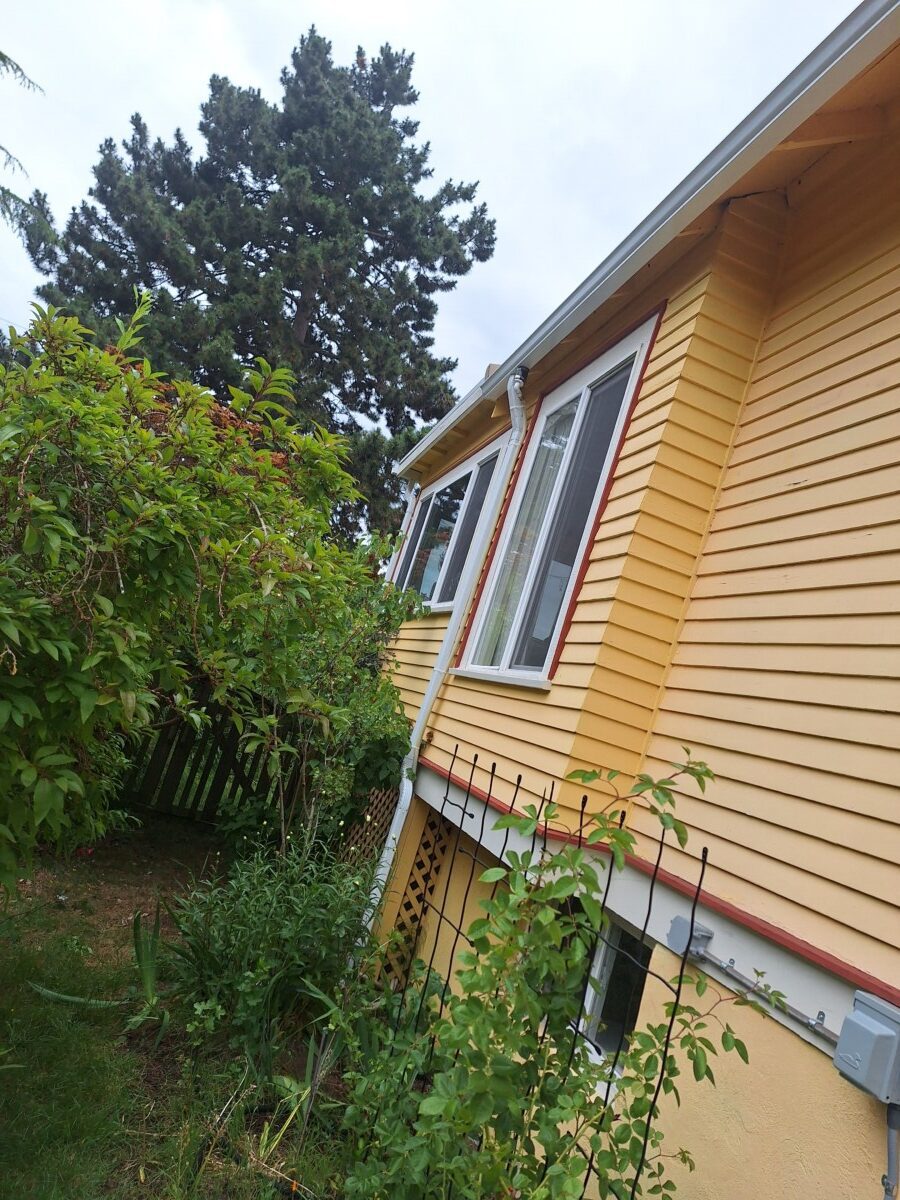
After research and a few sketches on graph paper, Frank settled on a compact design. Under his deck he installed three 450-gallon Raindrop tanks, for a total capacity of 1,350 gallons.
Deck clearance: 4 feet — just enough to slide the tanks in.
Support: sandy soil underneath reinforced with cinder blocks for stability.
Appearance: He enclosed the sides of the deck with removable lattice fencing: functional, secure, and visually seamless with his backyard.
“I love that it doesn’t look like anything’s there. You’d never know I have a thousand gallons of water stored under your feet while you’re standing on the deck.”
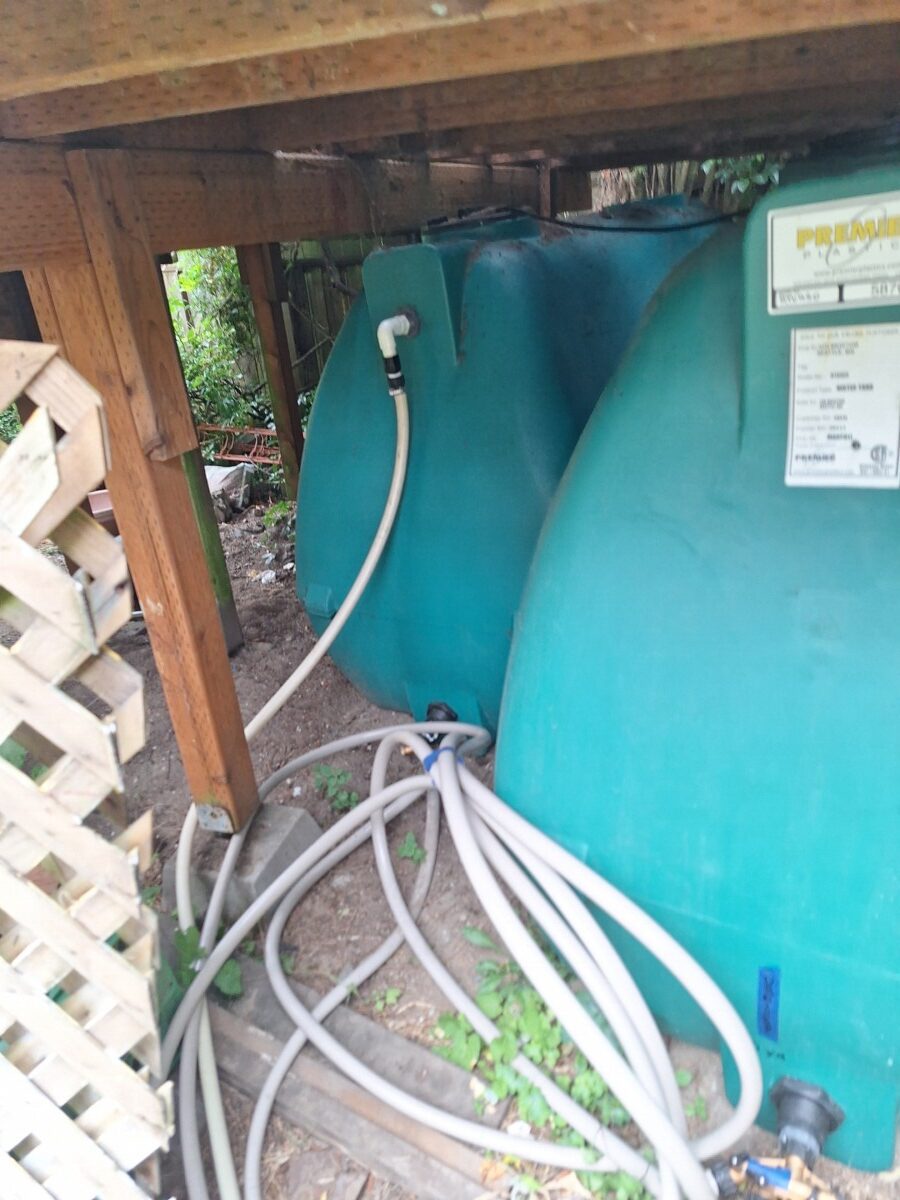


Rainwater flows through every gutter, being redirected at three strategic points—west, south, and east—before equally filling Frank’s three under-deck tanks. What makes Frank’s system truly efficient is the use of innovative gutter diverter technology—like the Deviator—installed at key collection points. These inserts seamlessly fit into his existing gutters, silently capturing the rain’s first clean rush and maximizing the water redirected from every storm, all without the clunky look of traditional barrel setups or complicated modifications.
Each tank connects to a master manifold acting as a control panel, where water can flow both in and out, and individual control valves give Frank instant flexibility. During a rainy spell, the Deviator ensures that even runoff from hard-to-reach roof sections makes its way to storage, pushing system efficiency to the max and keeping debris out for cleaner water collection. When it’s time to incorporate his supplemental source of water into the home’s watering system, a powerful three-quarter horsepower pump—activated by a timer—sends a steady flow of harvested rainwater through irrigation lines right to the plant roots. Each zone is grouped for easy maintenance. The entire system runs quietly beneath his deck, so hands-off that Frank’s garden thrives even when he’s not home.
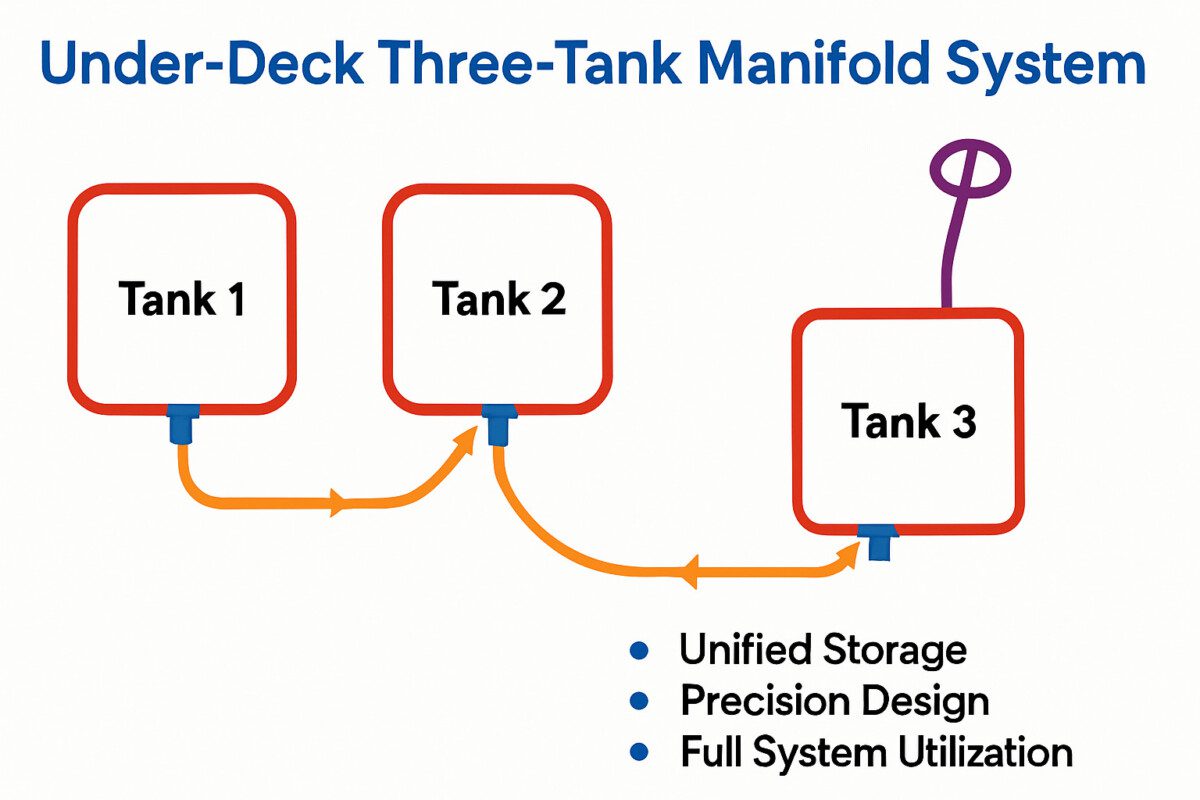
Site constraints dictated the solution: with property lines only two feet from the deck edge on each side, there was simply no room for traditional rainwater tanks. Instead, we utilized the space beneath the deck, installing three specialized ring tanks side-by-side, each at the lowest possible elevation within the four-foot cavity below the deck surface.
Each tank—Tank 1 (west/left), Tank 2 (center), and Tank 3 (east/right)—is connected at its base via a ¾-inch four-way manifold, with all penetrations positioned just four inches above the ground. This manifold ties the three tanks into a single hydraulic system. Water enters the system at the deviator inlets positioned for the west and east (Tank 1 and Tank 3), allowing runoff from both ends of the house to feed the full array.
Crucially, the plumbing design ensures bidirectional water flow at each tank: whenever water enters or is drawn from any tank, the level instantly equalizes in all three. This means the combined effective storage isn’t limited by individual tank volume—it’s the sum of them all. With all three tanks at the same elevation, the water level will rise and fall simultaneously across the system. Whether filling during rain or supplying irrigation, you get unified storage and full-volume access.
Pump placement is purely a matter of logistics. In this installation, the pump is located in Tank 1 because it was the only accessible location with enough clearance, not because of design preference or plumbing requirement. Thanks to the manifold,

For Frank, every gallon is a win.
Frank’s setup isn’t just plumbing and pumps — it’s a model for creative problem-solving. For homeowners with narrow side yards, patios, or tricky lot lines, under-deck systems could unlock thousands of gallons of hidden storage potential.
“People think you need a big property or a lot of space,” Frank says. “But look — I didn’t give up an inch of yard space. If I can do it here, anyone can.”
| Frequently Asked Questions | Answers |
|---|---|
| What makes Frank’s rainwater storage system unique? | Frank's system uses under-deck storage tanks, an automated pump, and a timer, enabling complete roof water capture while saving valuable yard space. |
| How much water is collected annually? | His roof collects over 30,000 gallons of rainwater per year through efficient gutter redirection and tank storage. |
| What types of tanks are used? | Three 450-gallon Raindrop tanks are installed under the deck, totaling 1,350 gallons of storage capacity. |
| How does the automated pump work? | A ¾ HP pump is regulated by a timer, automatically distributing water to the landscape when needed. |
| Is the system suitable for small yards? | Yes, the under-deck design maximizes storage in limited spaces and does not compromise usable yard area. |
| Can homeowners customize or expand the system? | The system's modular design allows for additional tanks, upgraded pumps, and easy maintenance or expansion. |
| Does the system require frequent maintenance? | Routine checks of valves, pump, and filtration keep the system running efficiently with minimal hands-on attention. |
| How does water move between tanks? | Tanks are connected through a manifold, allowing water to flow in, out, and between tanks for balanced storage and easy isolation if needed. |
| What are the sustainability benefits? | Rainwater harvesting reduces city water demand, lowers bills, and prevents excess stormwater runoff. |
| Can the system operate while the homeowner is away? | Yes, the automated pump and timer enable hands-off irrigation, keeping the garden healthy even during extended absences. |
Rainwater is a resource waiting to be claimed—whether your home is sprawling or snug. Discover how hidden spaces like under your deck can become engines of savings and sustainability.
Learn more about using every corner, every roof, and every drop to create your own water-smart home.
Trusted by Industry Innovators
Leading companies, municipalities, and builders rely on Product Water to deliver robust, efficient systems that perform at scale.
Partner with a team that understands big picture priorities.